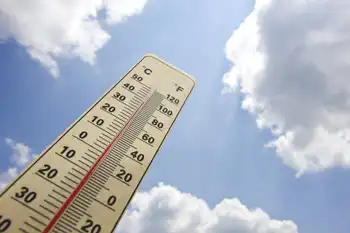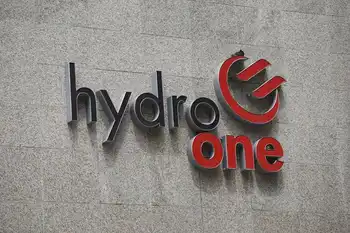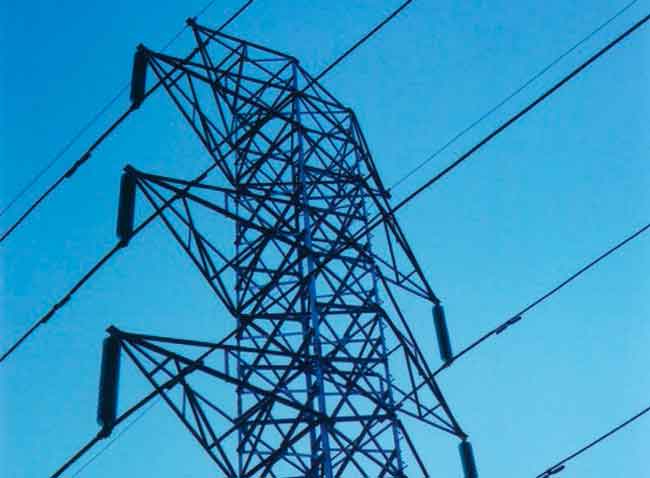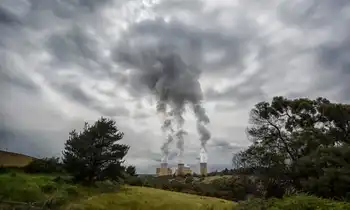Plan to cap greenhouse gases in Northeast could raise cost of producing electricity
ALBANY, NEW YORK - Power plant owners said a statewide plan unveiled by the Department of Environmental Conservation to reduce greenhouse gas emissions could raise the cost of electricity.
DEC unveiled a preliminary draft set of rules for a so-called "cap-and-trade" program that would cap carbon dioxide emissions in the state at 121 million tons a year beginning in 2009.
The program, which is being adopted by some Northeastern states, including New York, is called the Regional Greenhouse Gas Initiative, or RGGI. It was originally proposed by Gov. George Pataki.
Greenhouse gases such as carbon dioxide are considered to be the major cause of global warming.
Power plants, many of which run on coal or natural gas, would have to acquire emissions "credits" to cover the carbon dioxide sent into the air when those fuels are burned.
The Independent Power Producers of New York, an Albany-based trade group that speaks for power generators, is particularly upset that the plan would require power plant owners to buy all of their emissions credits at auction.
The proposal could have included a mix of selling the credits and giving them to generators for free under a model rule approved in August by the group of states implementing RGGI (pronounced "reggie.")
IPPNY called on the DEC to study the issue more carefully to understand how it will drive up production costs. IPPNY sees a potential supply threat if generators are forced to reduce capacity because they can't buy enough credits on the open market.
"Cost and reliability impacts on electricity supply are not something DEC should be gambling with," IPPNY chief executive Gavin Donohue said in a statement.
The state plans to use proceeds from selling credits to pay for energy efficiency and clean-energy technology investments.
Environmental and consumer advocacy groups support the auction plan. They argue that keeping the environment clean is a cost of doing business and that the cost of the credits will be realized in wholesale electric prices whether they are bought or given away.
"We need mechanisms that account for the full costs of pollution, and this is one way to do it," said David Gahl, air and energy program director for Albany-based Environmental Advocates of New York.
Larry DeWitt, a senior policy analyst with the Pace University Energy Project who lives in Delmar, said the auction model helps keep the cost to consumers as low as possible.
Under the plan, New York will issue one credit, or permit, for each ton of carbon dioxide emissions allowed under the cap. Plants may buy or sell credits.
Related News

Sask. sets new record for power demand
REGINA - As the mercury continues to climb in Saskatchewan, SaskPower says the province has set a new summer power demand record.
The Crown says the new record is 3,520 megawatts. It’s an increase of 50 megawatts over the previous record, or enough electricity for 50,000 homes.
“We’ve seen both summer and winter records set every year for a good while now. And if last summer is any indication, we could very well see another record before temperatures cool off heading into the fall,” said SaskPower Vice President of Transmission and Industrial Services Kory Hayko in a written release. “It’s not impossible…




